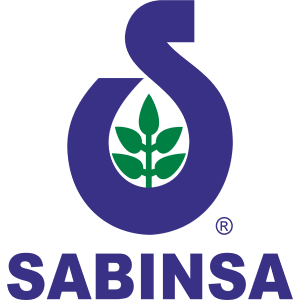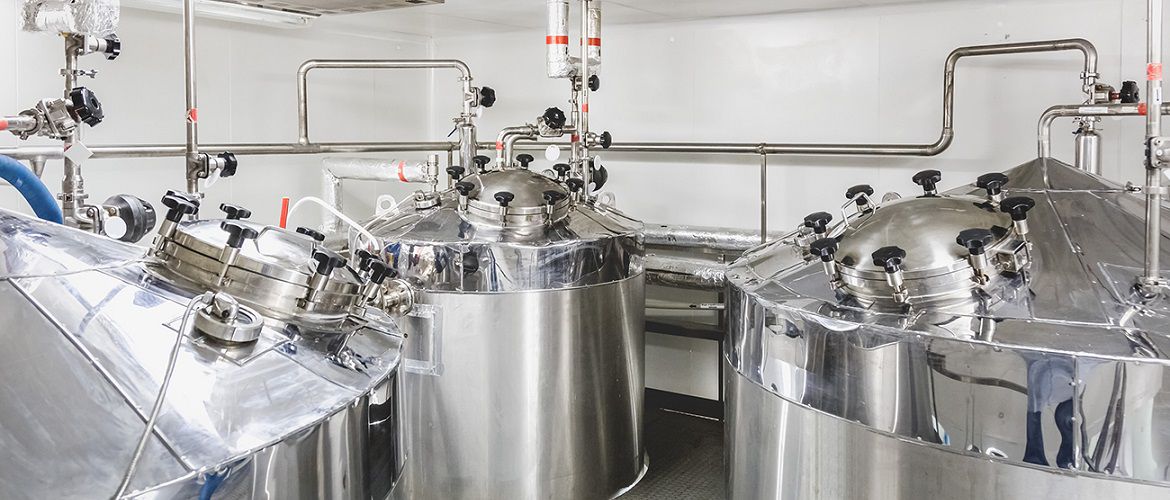Sabinsa Corporation supplies several herbal extracts as granules. These extracts are designed to facilitate the manufacture of finished dosage forms. In a 3-part series that will appear in consecutive issues of this letter, we present the science and technology behind granulation of herbal extracts.
The presentation begins with an introduction, in the current issue.
Many herbal extracts and herbs in raw form cannot be formulated directly to tablets or capsules because of one or more of the following reasons:
- They do not have adequate bonding property to form a loose compact for capsules or compressibility and adhesion for tablets.
- They do not ordinarily exhibit the needed flow on high speed machines
- They may not have adequate bulk density to achieve filling in the capsule or in the die cavity in case of tablets.
- They may contain materials with significant different particle sizes or different bulk densities leading to segregation in the machine hopper or in the blend. This will lead to non-uniform dosage form.
To overcome these problems granulation is a practical solution. Granulation is defined as any process of size enlargement whereby small particles are gathered into larger, permanent aggregates to render them into a free flowing state. Many processes can achieve this size enlargement. Most popular ways are wet granulation and dry granulation.
The choice of excipient is critical for efficacy of the product. Sabinsa helps in this stage of formulation and can give samples using various excipient options.
In the first part of this article we focus on wet granulation.:
Wet granulation can be done using different kinds of blenders. Typically these blenders should be high shear generating and should have positive moving arm or paddle or impeller. Sabinsa employs a Rapid Mixer Granulator for this process. The end point of the process can be determined based on torque as current drawn or adhesion of wet material or material movement in the mixe.
The wet mass produced in this machine is passed on to a drier. A tray drier or fluid bed drier can be employed for this process. Sabinsa uses Fluid bed drier with automated controls. The end point of the drying process can be determined based on LOD, exhaust air temperature or drying time.
The dried granules need to be sized using a sifter and oversize granules need to be milled using a suitable mill. The final material is blended again to achieve uniformity. Additional excipients may be added at this step if required.
Sabinsa offers custom granulation using its own products or a customer’s product. The excipients are carefully chosen to meet the customer’s need and requirements. The product is processed in the presence of a pharmacist and is analyzed to ensure compliance for designed parameters.
Wet granulation as the name suggests involves use of solvent. It can be aqueous or non-aqueous granulation. A Liquid binder facilitates the bonding process. The bonding achieved in such granules is by adhesion and cohesion. Wet granulation is a popular and versatile process and has wide applications in tableting and capsulation.








